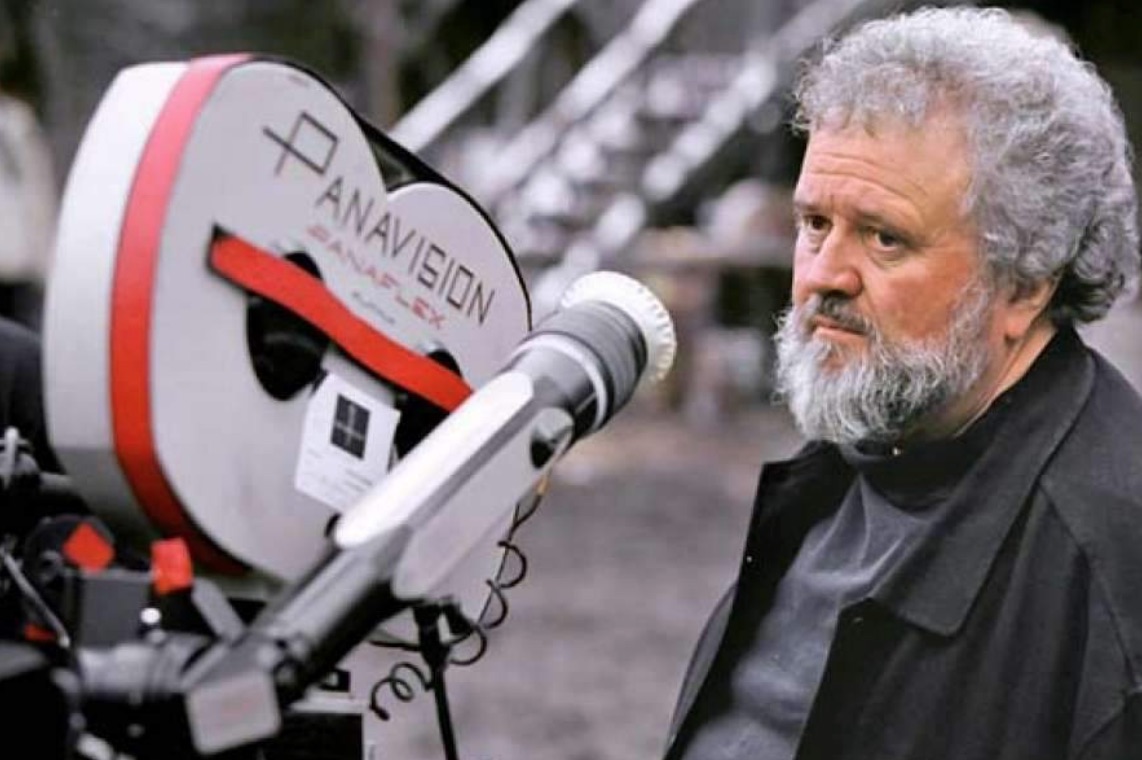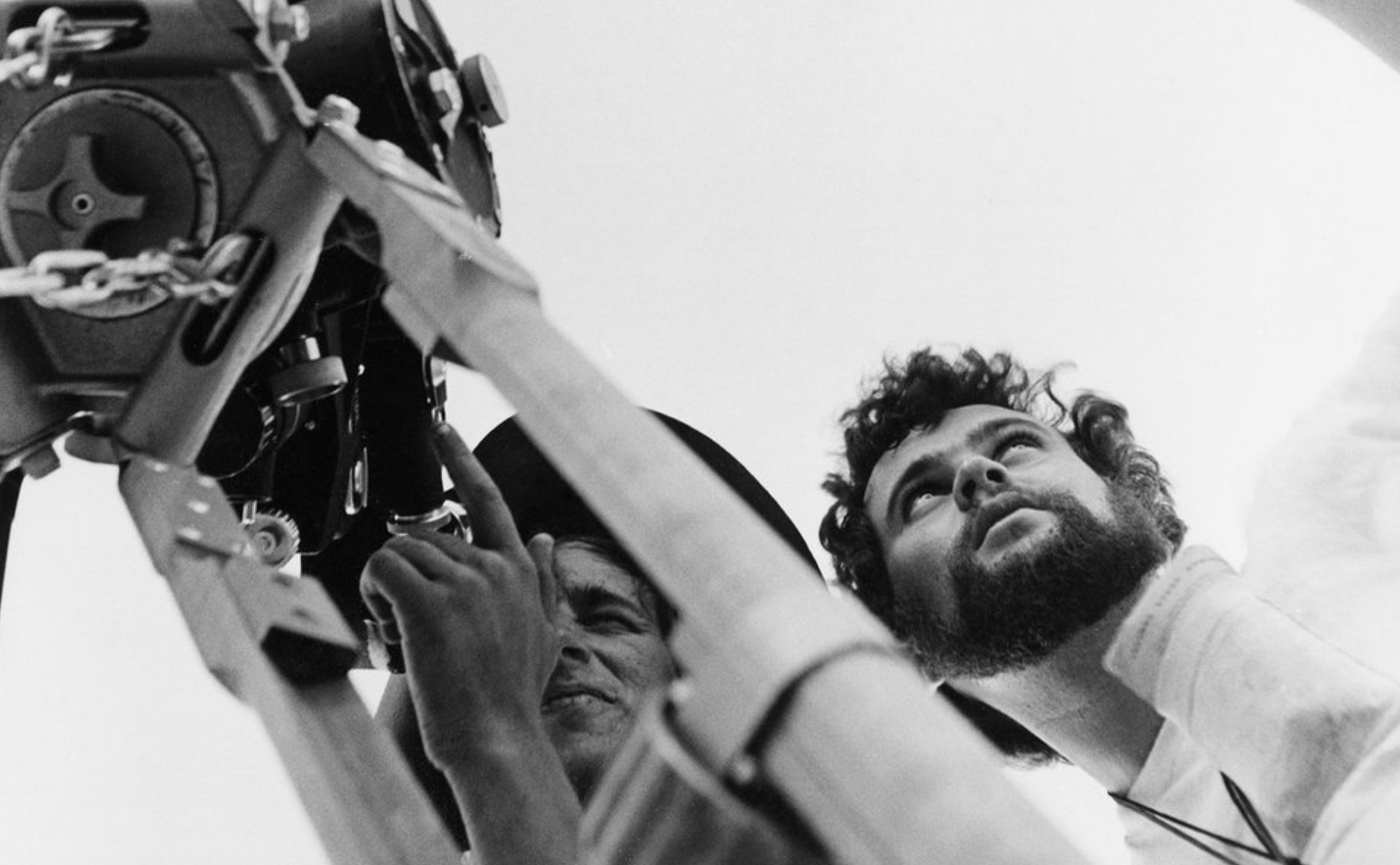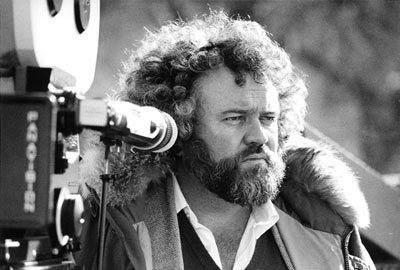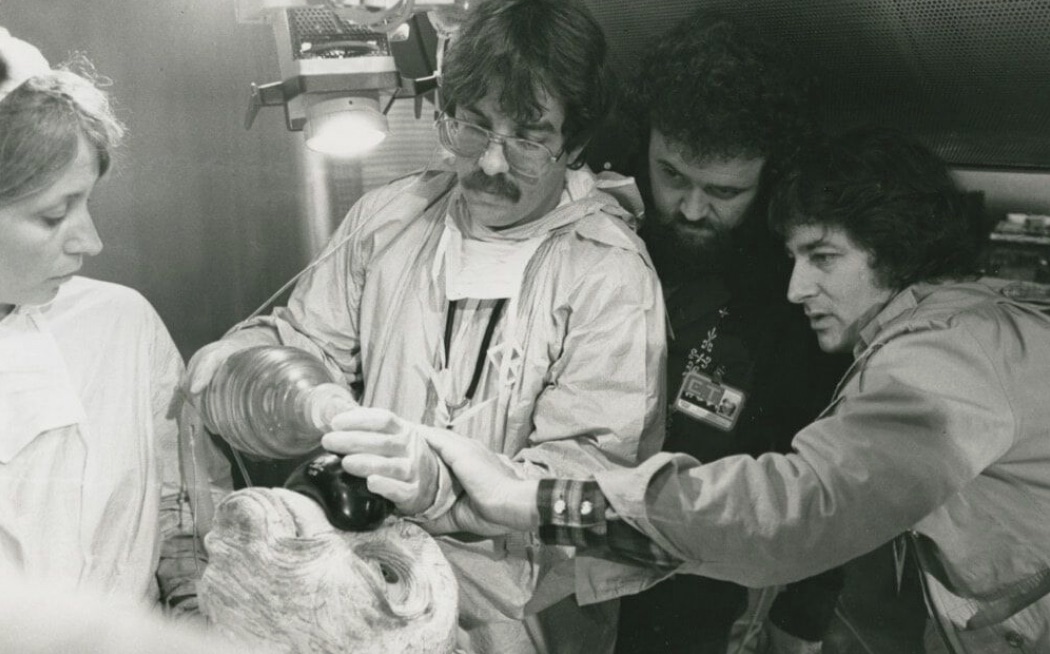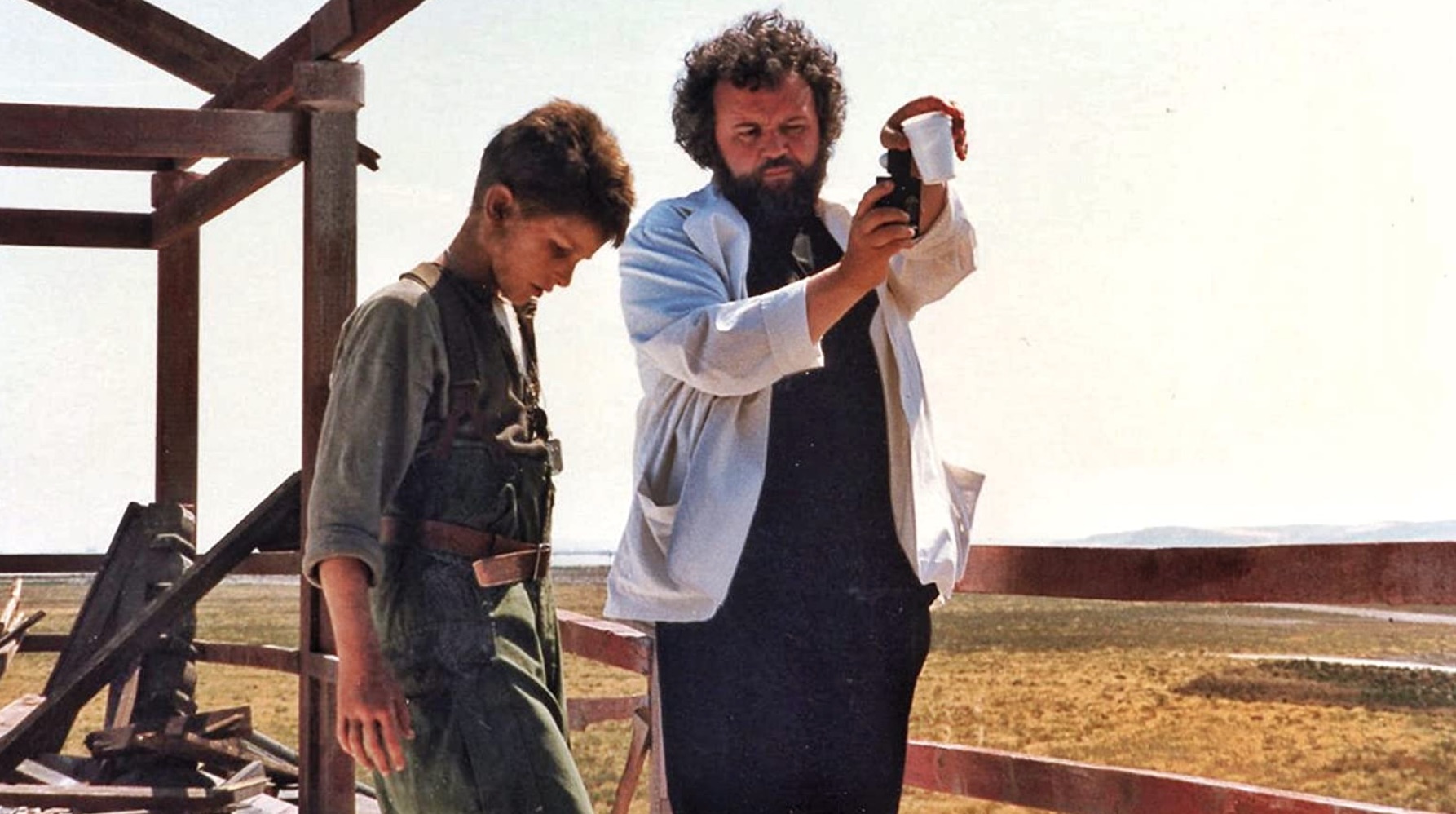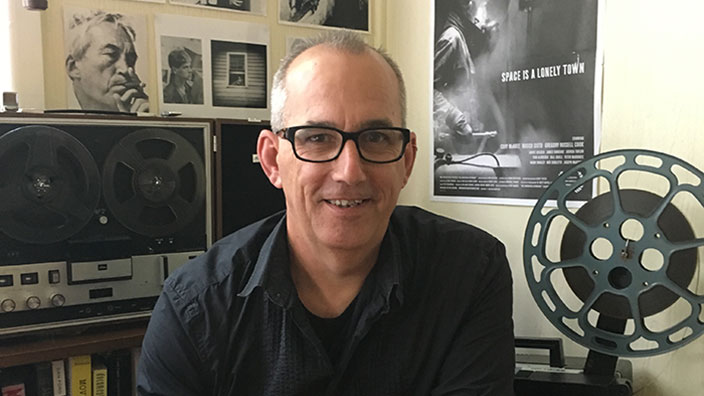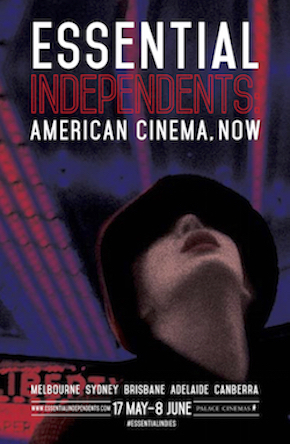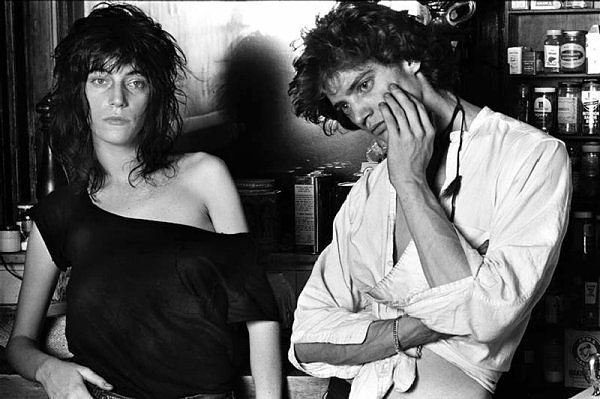COASTAL CRITICS SWOON OVER ‘FIRST COW’, ‘NOMADLAND’, ‘SMALL AXE’
 Monday, December 21, 2020 at 12:12PM
Monday, December 21, 2020 at 12:12PM
The Oscar race came into sharper focus over the last 48 hours with key critics groups on both U.S. coasts handing out their 2020 gongs.

Critics on the Eastern seaboard named Kelly Reichardt’s First Cow their Best Film at the New York Film Critics Circle (NYFCC) Awards. Already a Jury Prize winner at Deauville and in the mix with Berlin, Boston and Ghent award bodies, the understated period drama has been a festival darling since it debuted at Telluride in 2019.
 The Los Angeles Film Critics Association (LAFCA) instead favoured Steve McQueen’s Small Axe (pictured, right) for their best pic honour, while also awarding the director a runner-up Best Director notice. The Amazon Original production earned the Best Cinematography trophy for Shabier Kirchner, who also took home the NYFCC award in this category. An anthology work tracking the lives of young black men in the U.K. over three decades, producers have not made the film eligible for Oscar contention, instead favouring an Emmy ballot slot in 2021.
The Los Angeles Film Critics Association (LAFCA) instead favoured Steve McQueen’s Small Axe (pictured, right) for their best pic honour, while also awarding the director a runner-up Best Director notice. The Amazon Original production earned the Best Cinematography trophy for Shabier Kirchner, who also took home the NYFCC award in this category. An anthology work tracking the lives of young black men in the U.K. over three decades, producers have not made the film eligible for Oscar contention, instead favouring an Emmy ballot slot in 2021.
Critics on both coasts shared a lot of love for Searchlight Pictures’, Nomadland. Director Chloé Zhao earned the Best Director nod from both organisations, to add to her wins to date from the Boston Critics, Indiewire Critics, TIFF and San Francisco Film Festival. The film also earned runner-up ribbons from LAFCA for Best Film and Best Cinematography.
There is a very real chance that this year’s Best Director Oscar race will be rich with women directors. In addition to Zhao and Reichardt, actress/filmmaker Regina King is heavily favoured to earn a nod for One Night in Miami while writer/director Emerald Fennell is likely to factor in AMPAS member’s thinking with Promising Young Woman (a NYFCC favourite; see below).
 Other bi-coastal honorees included Best Animated Film winner Wolfwalkers (pictured, right), a Euro co-productionfrom directors Tomm Moore and Ross Stewart that looks set to topple the one-two 2020 Pixar punch of Onwards and Soul; Best Documentary pic Time, Garrett Bradley’s account of one woman’s fight for the release of her husband from prison; and, Radha Blanks’ debut The Forty-Year-Old Version, which earned Best First Film in New York and the New Generation award in Los Angeles.
Other bi-coastal honorees included Best Animated Film winner Wolfwalkers (pictured, right), a Euro co-productionfrom directors Tomm Moore and Ross Stewart that looks set to topple the one-two 2020 Pixar punch of Onwards and Soul; Best Documentary pic Time, Garrett Bradley’s account of one woman’s fight for the release of her husband from prison; and, Radha Blanks’ debut The Forty-Year-Old Version, which earned Best First Film in New York and the New Generation award in Los Angeles.
However, the great divide between the critics became apparent in their awards for Best Supporting Actress (Youn Yuh-jung for Minari in LA; Maria Bakalova for Borat Subsequent Moviefilm in NYC) and Best Foreign Film (Kantemir Balagov’s Russian drama in LA; Brazilian thriller Bacurau, directed by Juliano Dornelles and Kleber Mendonça Filho, in NYC).
Eliza Hittman’s Never Rarely Sometimes Always played better in the East, where it won Best Screenplay for Hittman and Best Actress for Sidney Flannigan. Cali-crix instead favoured the incendiary drama Promising Young Woman, awarding Fennell and Carey Mulligan in those slots respectively. Similar circumstances prevailed in the male acting categories, with Ma Rainey’s Black Bottom scoring Actor (the late Chadwick Boseman) and Supporting Actor (Glynn Turman) from LA voters, while NYFCC decision-makers gave Actor to Delroy Lindo and Supporting Actor to Boseman for director Spike Lee’s Da 5 Bloods.
The full list of winners are:
LOS ANGELES FILM CRITICS ASSOCIATION (LAFC)
BEST PICTURE: Small Axe (Runner-Up: Nomadland)
BEST FOREIGN LANGUAGE FILM:: Beanpole (Runner up: Martin Eden)
BEST CINEMATOGRAPHY: Shabier Kirchner, Small Axe (Runner-Up: Joshua James Richards, Nomadland)
BEST SCORE/MUSIC: “Soul,” Trent Reznor and Atticus Ross (Runner-Up: “Lovers Rock,” Mica Levi)
BEST SUPPORTING ACTOR: Glynn Turman, Ma Rainey’s Black Bottom (Runner-Up: Paul Raci, Sound of Metal)
BEST PRODUCTION DESIGN: Donald Graham Burt, Mank (Runner-Up: Sergey Ivanov, Beanpole)
BEST EDITING: Yorgos Lamprinos, The Father (Runner-Up: Gabriel Rhodes, Time)
BEST SUPPORTING ACTRESS: Youn Yuh-jung, Minari (Runner-Up: Amanda Seyfried, Mank)
BEST ANIMATION: Wolfwalkers (Runner-Up: Soul)
DOUGLAS EDWARDS EXPERIMENTAL FILM PRIZE: Her Socialist Smile (Dir: John Gianvito)
BEST SCREENPLAY: Emerald Fennell, Promising Young Woman (Runner-Up: Eliza Hittman, Never Rarely Sometimes Always)
BEST DOCUMENTARY: Time (Runner-Up: Collective)
BEST ACTOR: Chadwick Boseman, Ma Rainey’s Black Bottom (Runner-Up: Riz Ahmed, Sound of Metal)
BEST ACTRESS: Carey Mulligan, Promising Young Woman (Runner-Up: Viola Davis, Ma Rainey’s Black Bottom)
BEST DIRECTOR: Chloé Zhao, Nomadland (Runner-Up: Steve McQueen, Small Axe)
NEW GENERATION: Radha Blank, The 40-Year-Old Version
DOUGLAS EDWARDS EXPERIMENTAL FILM AWARD: John Gianvito’s Her Socialist Smile
CAREER ACHIEVEMENT: Hou Hsiao-Hsien and Harry Belafonte
LEGACY AWARD: Norman Lloyd
NEW YORK FILM CRITICS CIRCLE (NYFCC)
BEST FILM: First Cow
BEST DIRECTOR: Chloé Zhao, Nomadland
BEST SCREENPLAY: Eliza Hittman, Never Rarely Sometimes Always
BEST ACTRESS: Sidney Flanigan, Never Rarely Sometimes Always
BEST ACTOR: Delroy Lindo, Da 5 Bloods
BEST SUPPORTING ACTRESS: Maria Bakalova, Borat Subsequent Moviefilm
BEST SUPPORTING ACTOR: Chadwick Boseman, Da 5 Bloods
BEST CINEMATOGRAPHY: Small Axe
BEST NON-FICTION FILM: Time
BEST FOREIGN LANGUAGE FILM: Bacurau
BEST ANIMATED FEATURE: Wolfwalkers
BEST FIRST FILM: The 40-Year-Old Version
SPECIAL AWARD: Kino Lorber, “for their creation of Kino Marquee, a virtual cinema distribution service that was designed to help support movie theaters, not destroy them.”
SPECIAL AWARD: Spike Lee, “for inspiring the New York community with his short film ‘New York New York’ and for advocating for a better society through cinema.”
 American Cinema,
American Cinema,  Awards,
Awards,  Oscars
Oscars 